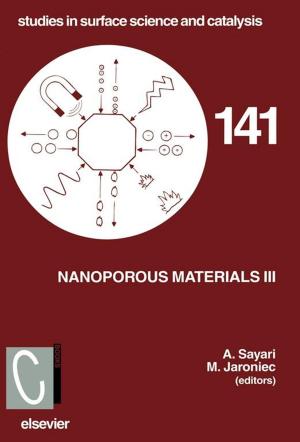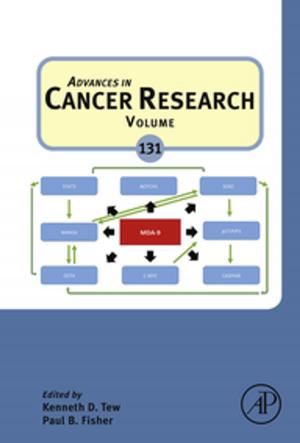History of Physiology
Proceedings of the 28th International Congress of Physiological Sciences, Budapest, 1980
Nonfiction, Science & Nature, Science, Biological Sciences, Zoology| Author: | ISBN: | 9781483156057 | |
| Publisher: | Elsevier Science | Publication: | October 22, 2013 |
| Imprint: | Pergamon | Language: | English |
| Author: | |
| ISBN: | 9781483156057 |
| Publisher: | Elsevier Science |
| Publication: | October 22, 2013 |
| Imprint: | Pergamon |
| Language: | English |
Advances in Physiological Sciences, Volume 21: History of Physiology covers the proceedings of the symposia of the 28th Congress of Physiology. Comprised of nine chapters, the book reviews the history of physiological studies.
The first chapter discusses the beginnings of the quantitative thinking in medicine, while the second chapter tackles the relation of clinical to non-clinical medicine according to Thomas Sydenham. The next chapter reviews the history of comparative physiology, and Chapter 4 discusses the historical development of cognitive psychophysiology. Chapter 5 deals with the study on the medical heritage of Avicenna, and Chapter 6 talks about studies on the anatomy and physiology of the pig fetus and placenta. The seventh chapter tackles physiological concepts in ancient and medieval India, while the eighth chapter discusses Jan Nepomuk Czermak in Hungary. The last chapter presents A Short Summation of Physiology, the first book of physiology in Hungarian.
Readers who have an interest in the history of medical studies will find the book appealing, since it focuses on the historical aspect rather than the technical aspect.
Advances in Physiological Sciences, Volume 21: History of Physiology covers the proceedings of the symposia of the 28th Congress of Physiology. Comprised of nine chapters, the book reviews the history of physiological studies.
The first chapter discusses the beginnings of the quantitative thinking in medicine, while the second chapter tackles the relation of clinical to non-clinical medicine according to Thomas Sydenham. The next chapter reviews the history of comparative physiology, and Chapter 4 discusses the historical development of cognitive psychophysiology. Chapter 5 deals with the study on the medical heritage of Avicenna, and Chapter 6 talks about studies on the anatomy and physiology of the pig fetus and placenta. The seventh chapter tackles physiological concepts in ancient and medieval India, while the eighth chapter discusses Jan Nepomuk Czermak in Hungary. The last chapter presents A Short Summation of Physiology, the first book of physiology in Hungarian.
Readers who have an interest in the history of medical studies will find the book appealing, since it focuses on the historical aspect rather than the technical aspect.















